PPT-Specificity and repertoire
Author : SunshineSmile | Published Date : 2022-07-28
of islet antigenspecific Tregs Bluelab meeting 1 0914 Daqi The role of Treg in T1D Pathogenesis of T1D Autoreactive T cells are responsible for the onset
Presentation Embed Code
Download Presentation
Download Presentation The PPT/PDF document "Specificity and repertoire" is the property of its rightful owner. Permission is granted to download and print the materials on this website for personal, non-commercial use only, and to display it on your personal computer provided you do not modify the materials and that you retain all copyright notices contained in the materials. By downloading content from our website, you accept the terms of this agreement.
Specificity and repertoire: Transcript
Download Rules Of Document
"Specificity and repertoire"The content belongs to its owner. You may download and print it for personal use, without modification, and keep all copyright notices. By downloading, you agree to these terms.
Related Documents

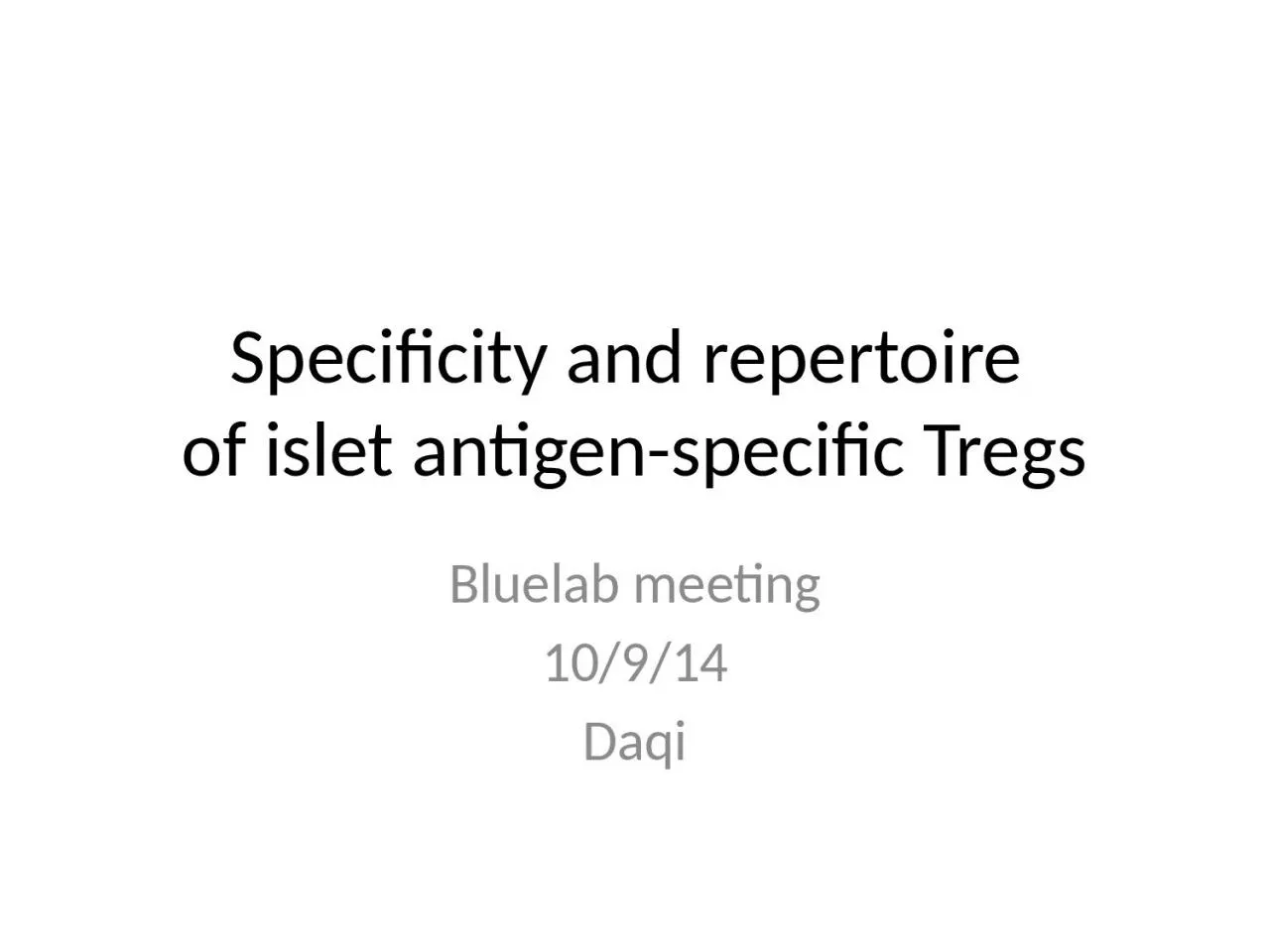



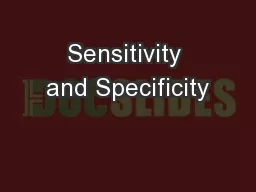

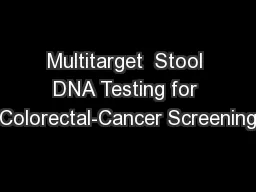

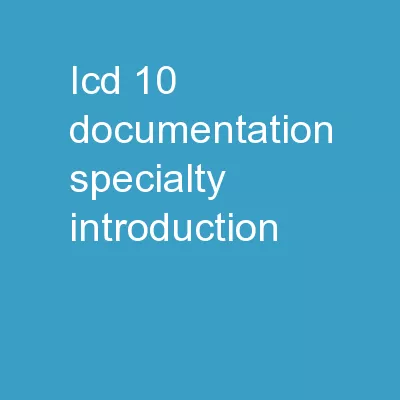
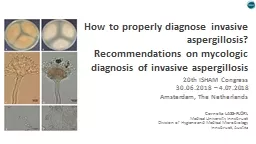
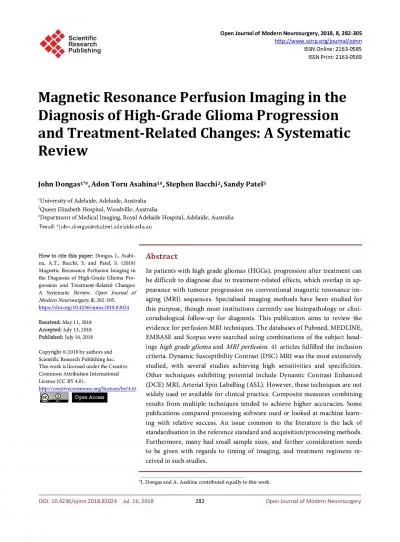
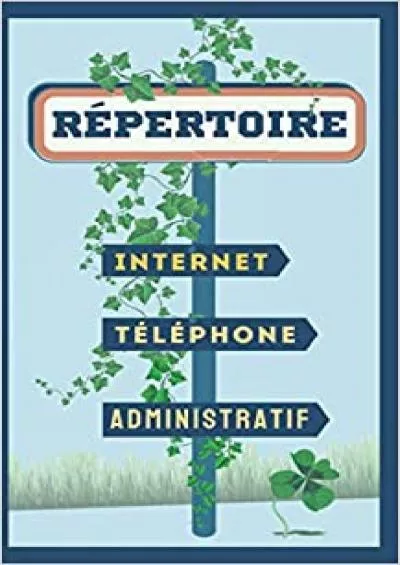
![[PDF]-carnet de mots de passe. répertoire alphabétique petit format: cahier mot de passe](https://thumbs.docslides.com/986658/pdf-carnet-de-mots-de-passe-r-pertoire-alphab-tique-petit-format-cahier-mot-de-passe-et-repertoire-alphab-tique-petit-format-c-est-un-carnet-secret-ultra-pratique-french-edition.jpg)
